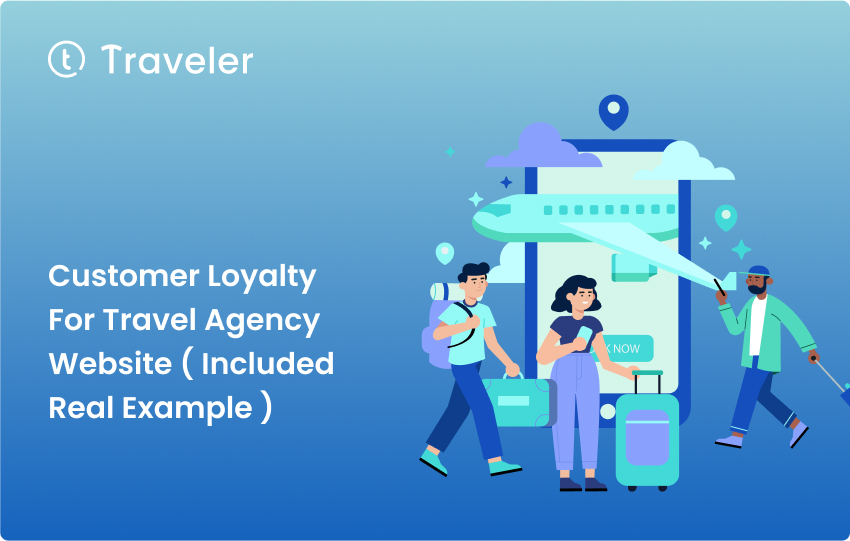
Any travel agency website that can keep customers coming back is on the right track. It is the most important part of making a business work. It lets organizations create long-term connections with customers, gain their trust, and make their brand more well-known. It can be hard to get and keep loyal customers, especially in the travel sector, which is quite competitive.
In this guide on achieving customer loyalty for travel agency website! This tutorial, we will show you how to create engaging content and memorable customer experiences that will make your visitors want to return to your site time and time again. By the end of this guide, you will have all the information you need to keep your customers happy and loyal to your travel agency’s website.
Understanding Your Customers
Identifying customer needs and preferences
The first step is to find out what customers want and need. By getting to know your customers’ requirements and preferences, you may build a strong foundation for making them loyal. Customers that stick with you are important for any business, but especially if you run a website for a travel agency. So how can you find out what your customers want and need?
The greatest place to start is to just ask them. You can do polls or surveys with your current customers to find out what they like best about your site’s services, goods, and features.
People are also quite vocal about what they like and don’t like on social media sites like Twitter and Facebook. This is another wonderful approach to collect customer feedback. Also, looking at what they bought in the past will show which things they like more than others.
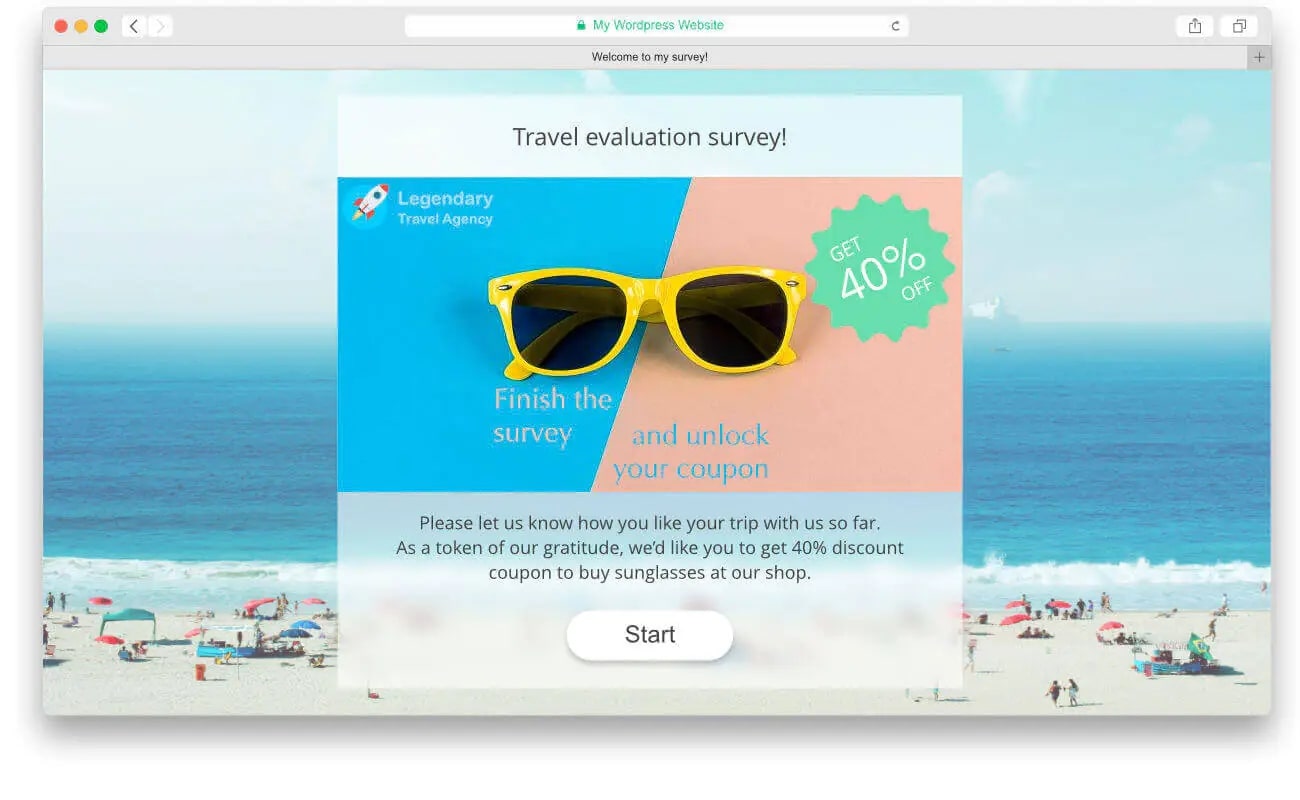
Analyzing customer behavior and feedback
The next stage is to look at what customers say and do. To do this, the websites for your travel business should use analytics tools and surveys to investigate how customers use the sites.
This information can help figure out how clients use the website, what services they are seeking for, and why they may give up on bookings at various moments.
By using these insights based on data, you can better personalize your products and services to match your consumers’ needs and create an engaging experience that makes them want to come back and buy more. Analytics systems can also give useful information about how well promotions or discounts are working, so travel firms can make changes to get the most out of them.
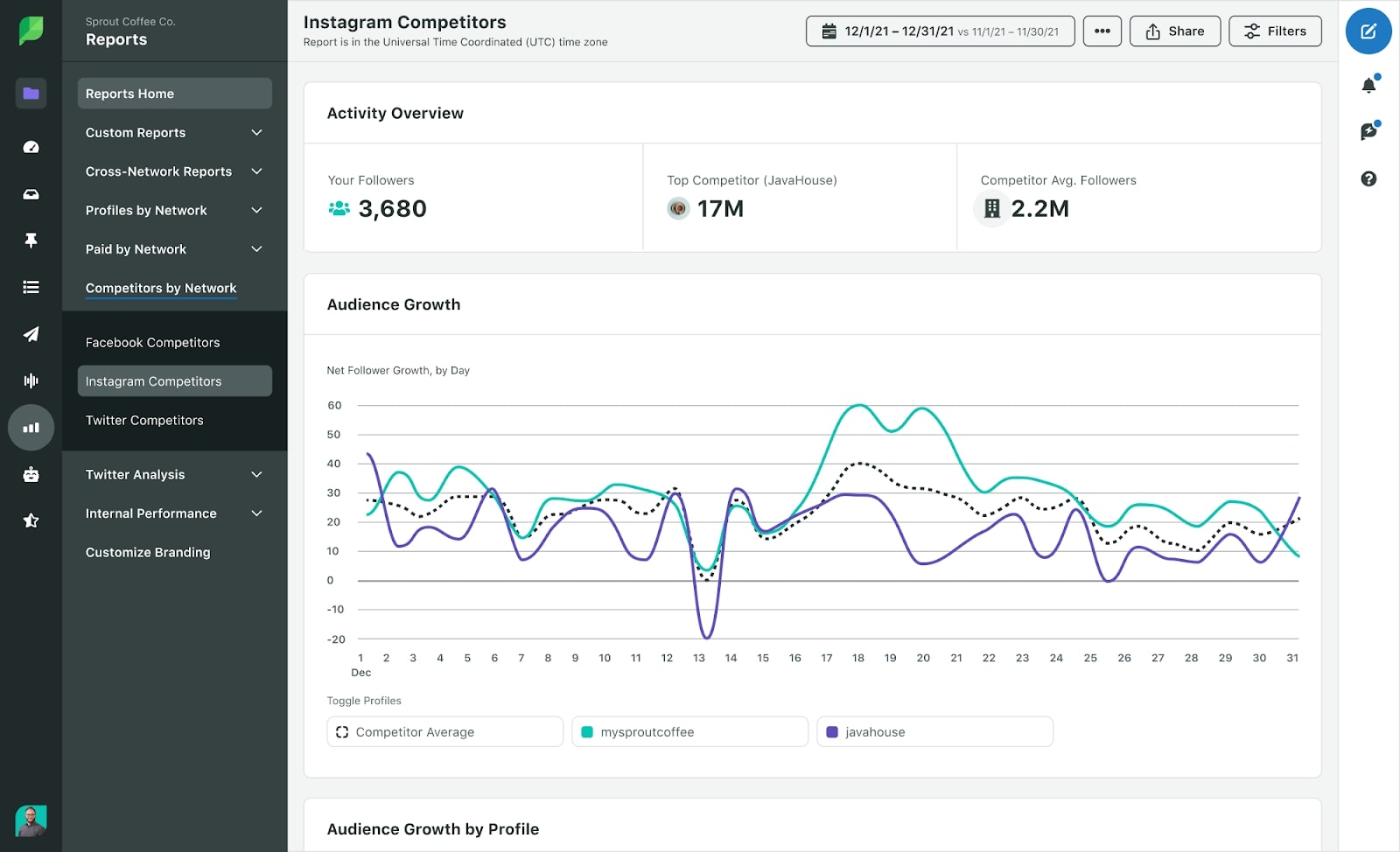
Discover the Power of Customer Loyalty
Airbnb, a website that helps people find short-term lodging, has recently made steps to keep customers coming back. As part of this plan, they’ve started asking consumers about their stays and what they thought of them.
This gives Airbnb a clear picture of how its clients feel about the service it offers. Airbnb can make sure that its guests are happy with the quality of service it provides by listening to what they have to say and proactively addressing any problems or concerns that come up.
Also, asking for comments lets Airbnb figure out where its service falls short and make the necessary improvements to make future guests’ stays better.
Overall, Airbnb wants to improve customer happiness and build loyalty among its users by asking them about their stays and getting feedback.
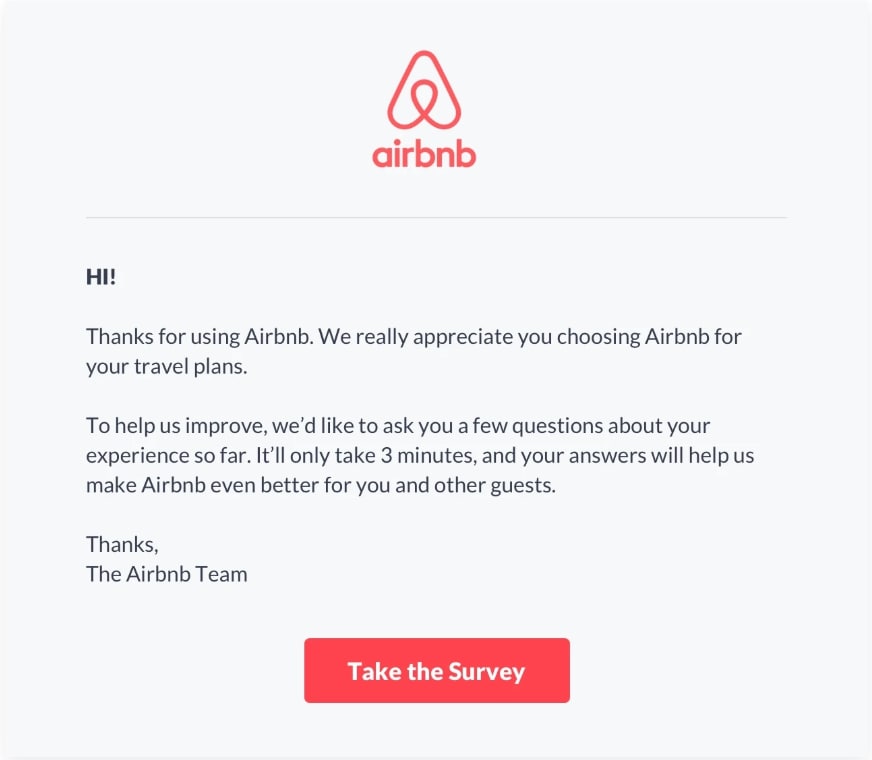
Creating a Positive Customer Experience
Providing excellent customer service
Excellent customer service is one approach to make a customer’s experience a good one. This means getting back to customers swiftly and with useful information when they ask questions, make comments, or give feedback.
It also implies communicating with clients in a proactive way to make sure their requirements are addressed. One fantastic way to do this is to send them emails about new bargains or promotions that might interest them.
It’s also important that the booking procedure is easy on your travel firms’ websites, so that consumers don’t become frustrated trying to find what they need.
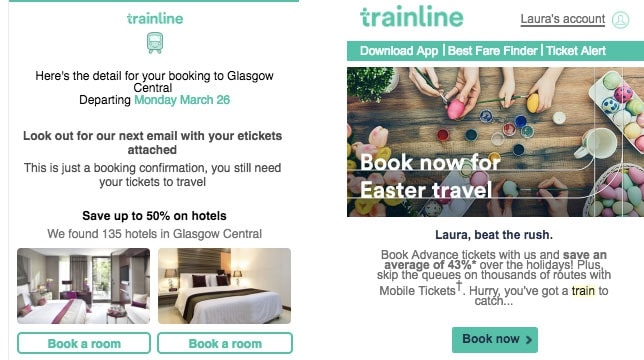
Personalizing the customer experience
Personalizing the client experience is a amazing method to provide customers a fun and interesting journey, especially in the travel business. It can be a good method for a travel agency’s website to make people feel like they are important and cherished.
For instance, a travel agency’s website could utilize personalization to suggest destinations or vacation packages based on what clients have looked for and liked in the past. On the website, you may also change things like the sort of lodging and flight times to fit your needs.
Also, they might send out targeted emails with offers for forthcoming events or activities in areas that clients have demonstrated interest in.
Offering incentives and rewards
This is one of the finest ways for a travel agency website to keep people coming back. By giving customers points or discounts, you may make them feel more connected to your brand and make sure they keep coming back. It’s crucial to set up a customer loyalty program that makes sense for your business and makes customers happy.
When designing an incentive program, think about what your customers value most. Customers are more likely to stay loyal if they have options like free upgrades, free flights, or discounts on services like car rentals. This kind of reward scheme saves consumers money and makes them more likely to utilize your business again.
It’s also important to make sure that clients can easily grasp whatever awards you give them so they don’t get confused about how to use them.
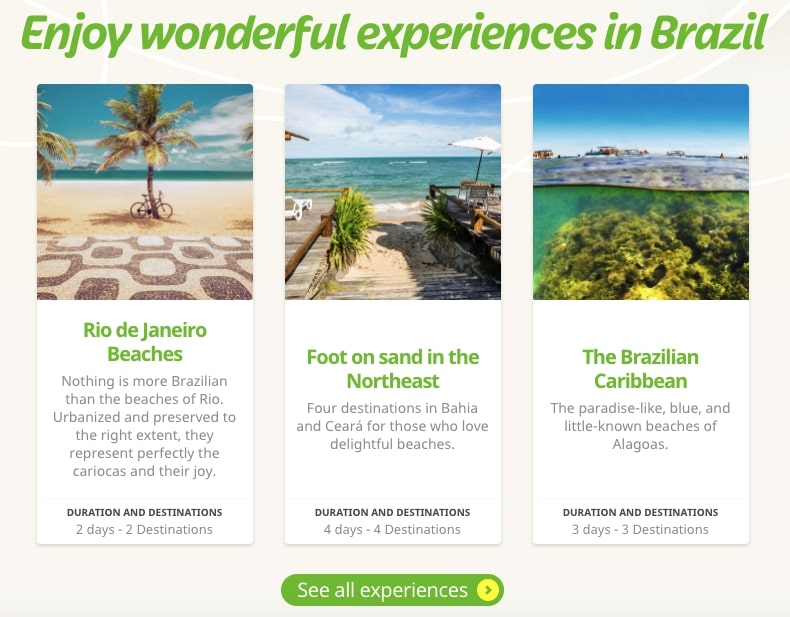
Real-life example
In the ever-competitive world of travel, hotels also invest in loyalty programs to foster customer loyalty and keep travelers returning for more. One example is Hyatt’s loyalty program. As a member of this program, travelers can earn points that can be redeemed for stays at any of the 600+ global locations in 64 countries.
The rewards don’t end there, either. Members also receive complimentary room upgrades, preferred reservations at select restaurants, invitations to exclusive events, and other special amenities. The points earned through the program can also be converted into air miles with select airlines such as United Airlines and Delta Air Lines.
And as an added incentive, members will get discounts on spa treatments or dining experiences with partner establishments during their stay.

Staying Connected with Customers
Utilizing email marketing and newsletters
Email marketing and newsletters are two important tools that business owners may utilize in the digital era to keep customers coming back. Email marketing is a great way for businesses to stay in touch with their clients. This is especially true for travel firms.
Email marketing is a great way for your travel companies to reach a big number of people quickly, provide targeted messages, track how customers use your website, and make booking easy.
By sending out emails on a regular basis, your travel agents can remind consumers about forthcoming vacations, special deals, and discounts, as well as keep them up to date on any new services or places your agency offers. This helps clients feel more comfortable with the chosen travel agency.
Newsletters also help improve customer connections and bring attention to the particular services that a travel agency offers. Newsletters are a great way to get to know your readers on a personal level by sharing current blog pieces or tales that pertain to your area of expertise.
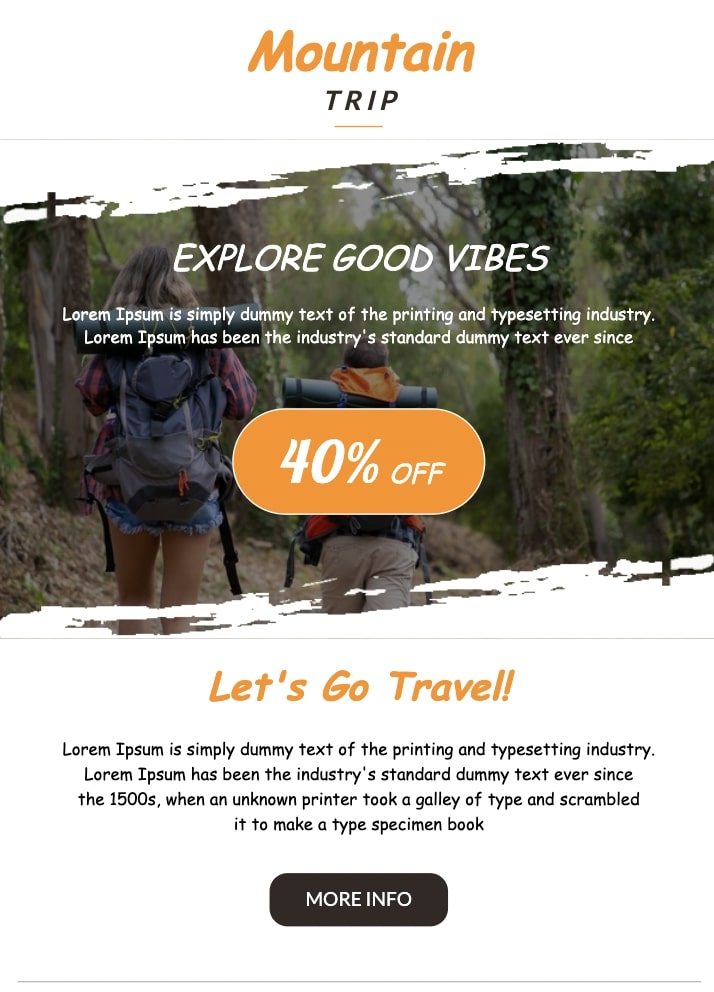
Using social media to engage with customers
Travel agency websites that want to build great relationships with clients and get more revenue can get a lot out of social networking.
You may communicate directly with your clients through social media sites like Facebook, Instagram, and Twitter. This can help you create trust and assure long-term success. By sharing articles about famous vacation destinations or customer evaluations, these social channels are a great way to get potential travelers interested.
Also, reacting swiftly and well to client questions on social media demonstrates a degree of interest that makes customers want to come back again and again.
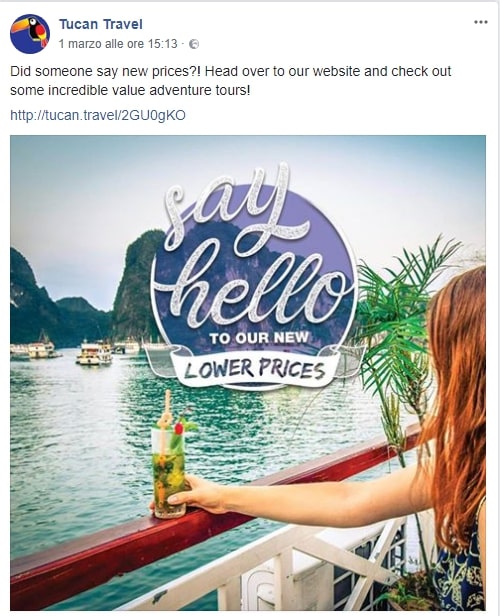
Providing a seamless online experience
Any travel agency website that wants to keep customers coming back must offer a smooth online experience. Giving customers an easy way to engage with your company and get answers to their questions can make them feel appreciated and make them more inclined to buy from you again.
The best method to stay in touch with clients is to give them a variety of ways to talk to your business, like social media, email marketing, live chat, and automated messages. This will make sure that people can always reach you, no matter what platform they use.
Also, if your website has helpful content like blog articles or a list of frequently asked questions (FAQs), users may be able to get the information they need without having to talk to support workers.
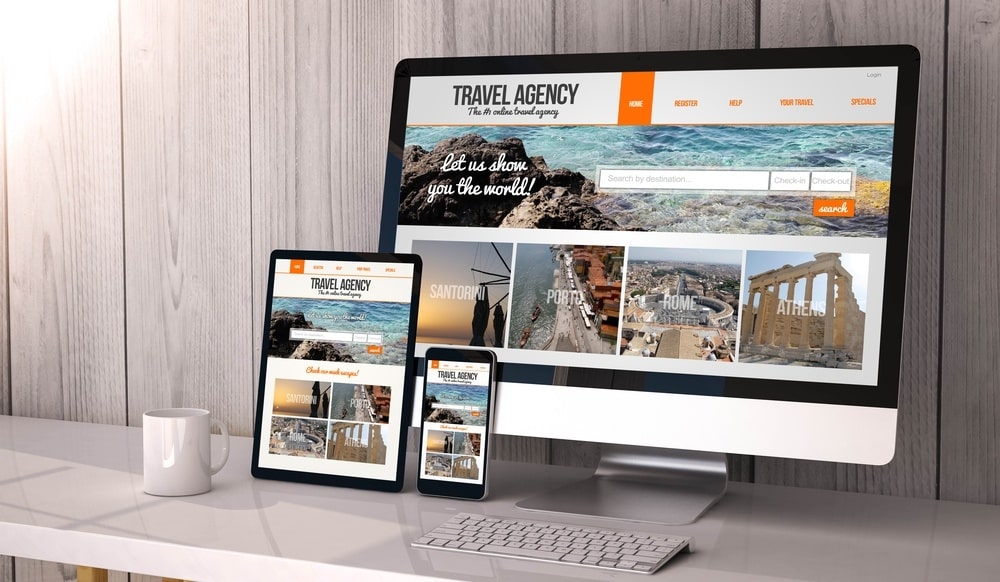
Real-life example
Emirates airline is a global leader in customer loyalty programs, offering its members deals on flights and bonus miles for their continued business. As part of this program, Emirates has implemented a strategy to foster customer loyalty through personalized emails. This email-based marketing campaign sends customers tailored flight deals and bonus mile incentives to encourage them to return to the travel agency’s website.
These emails are sent out regularly, providing customers with updates on available new offers and ensuring they stay connected with Emirates’ loyalty program. Customers who sign up for these emails can expect exclusive discounts, promotions, and news about upcoming trips and events.
In addition, those enrolled in the program may have access to special promotions such as double rewards points or extra miles when booking flights directly from the travel agency’s website.
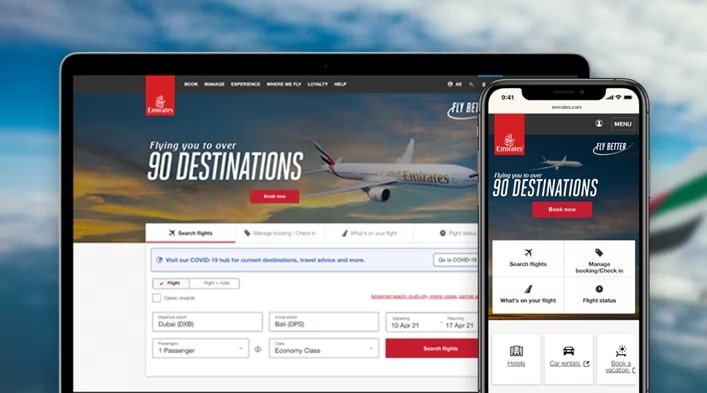
Encouraging Customer Advocacy
Providing opportunities for customer feedback and reviews
Customer advocacy is important for travel firms who want to promote their brand and keep customers coming back. One of the best methods to get clients to talk about your business is to let them submit reviews and give comments about their experiences. This will help a travel agency’s website in a direct way, since potential customers are more likely to book with a company that has been rated well by other customers.
To get people to tell their friends about your travel business, make it easy for them to submit feedback or reviews on your website. This can be done with the help of an online comment box or survey form that lets clients rapidly say what they think about the services.
Also, if travelers are active on social networking sites like Facebook and Twitter, they can write reviews of their trips while the memories are still fresh in their minds.
P/S: At Shinecommerce, our travel WordPress theme with social sharing capabilities! With this theme, travelers can easily share their experiences on popular social networking sites like Facebook and Twitter. They can write reviews and share photos of their trips while their memories are still fresh, creating a vibrant and engaging community of travel enthusiasts. Our theme combines the power of social media with the functionality of WordPress, making it easy for you to create a dynamic and interactive travel website that will keep your visitors coming back for more.
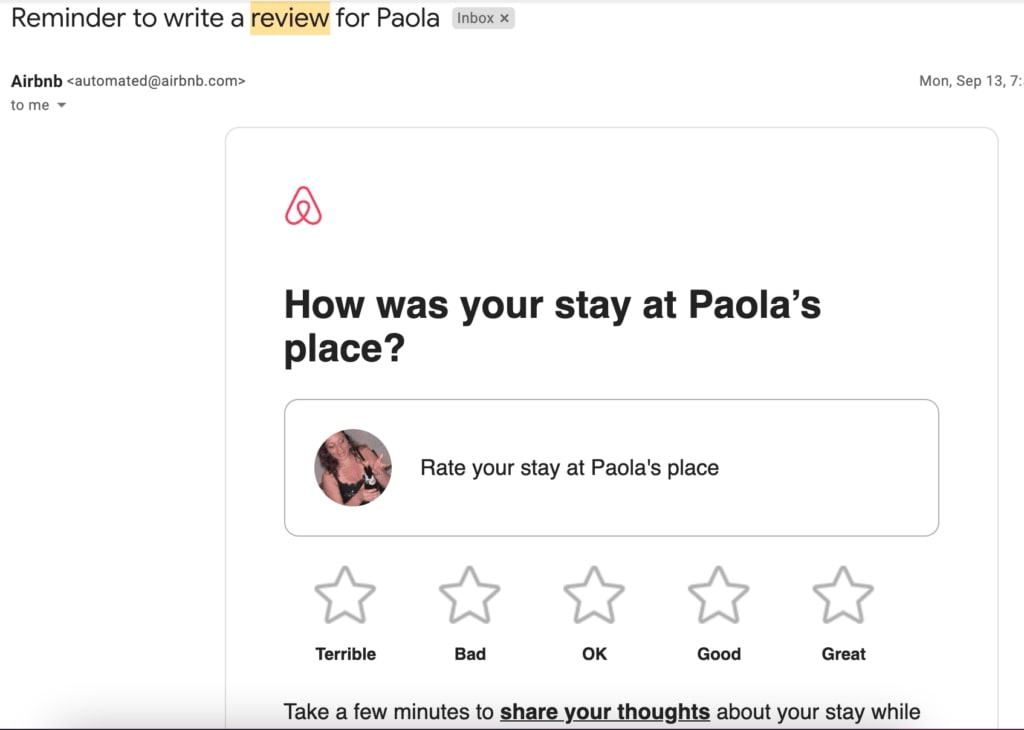
Offering referral incentives
Offering incentives for referrals is another good way to get customers to spread the word. It is a useful tool that travel businesses should think about if they want to keep customers coming back.
Discounts or other benefits, like airline miles, can be used as referral incentives. Travel agencies can get more customers if they provide customers an incentive to tell their friends and family about them.
It also gives customers a reason to advocate the website’s services over those of competitors. This means that the agency will get more repeat business and make more money.
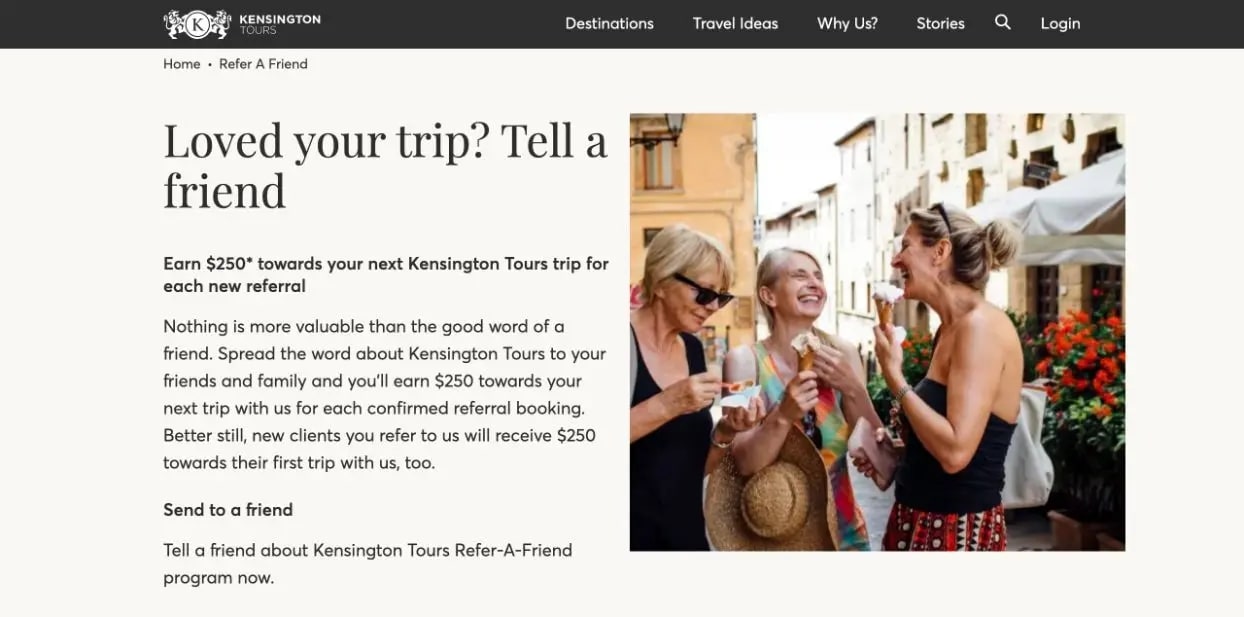
Real-life example
Travel agencies have long sought to foster customer loyalty, and Hawaii Tourism has recently taken its efforts one step further. The organization has launched a new campaign to increase engagement with travelers: #LetHawaiiHappen. The goal of LetHawaiiHappen is for customers to share photos or other content which will inspire others to book trips to Hawaii.
The hashtag encourages customers to share their experiences with others on Instagram to promote travel planning through the agency’s website. With its focus on encouraging customers to become advocates and spread the word about Hawaii, this campaign could be an interesting case study of how travel agencies can use social media to increase customer loyalty and engagement.

Conclusion
Customer loyalty is important for the travel industry. It should be a high priority for travel agencies looking to grow their business. By offering customers incentives, discounts, and rewards, as well as providing excellent customer service, the chances of acquiring loyal customers increase dramatically.
Additionally, investing in modern technology can help keep customers informed and engaged, allowing them to easily book flights, hotels, and more with minimal effort.
